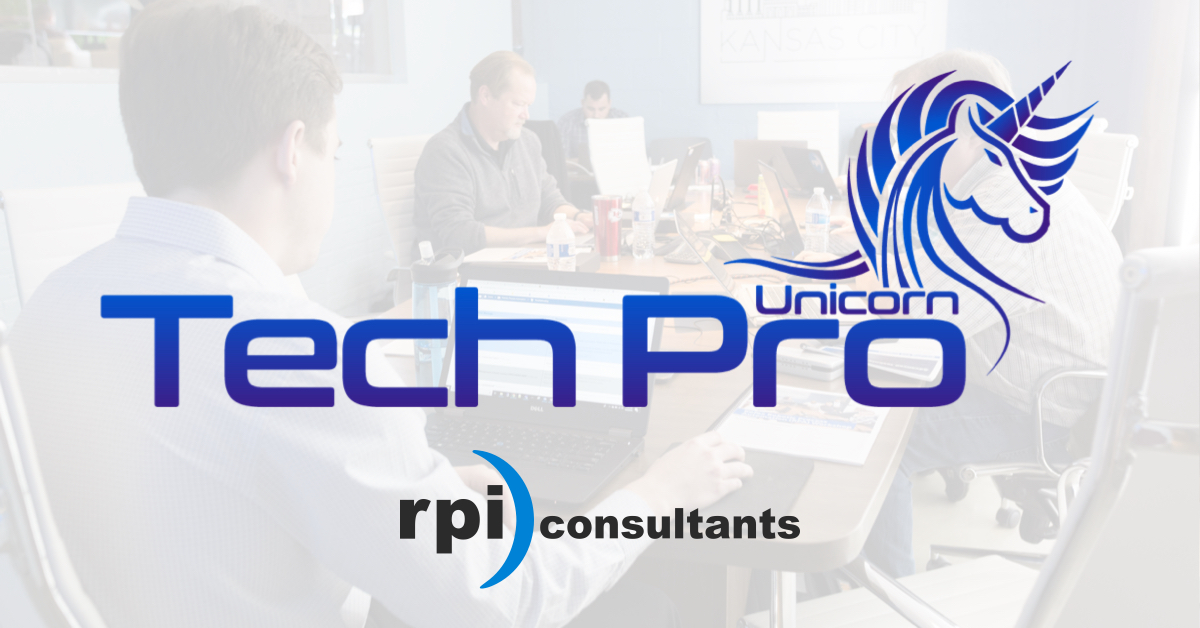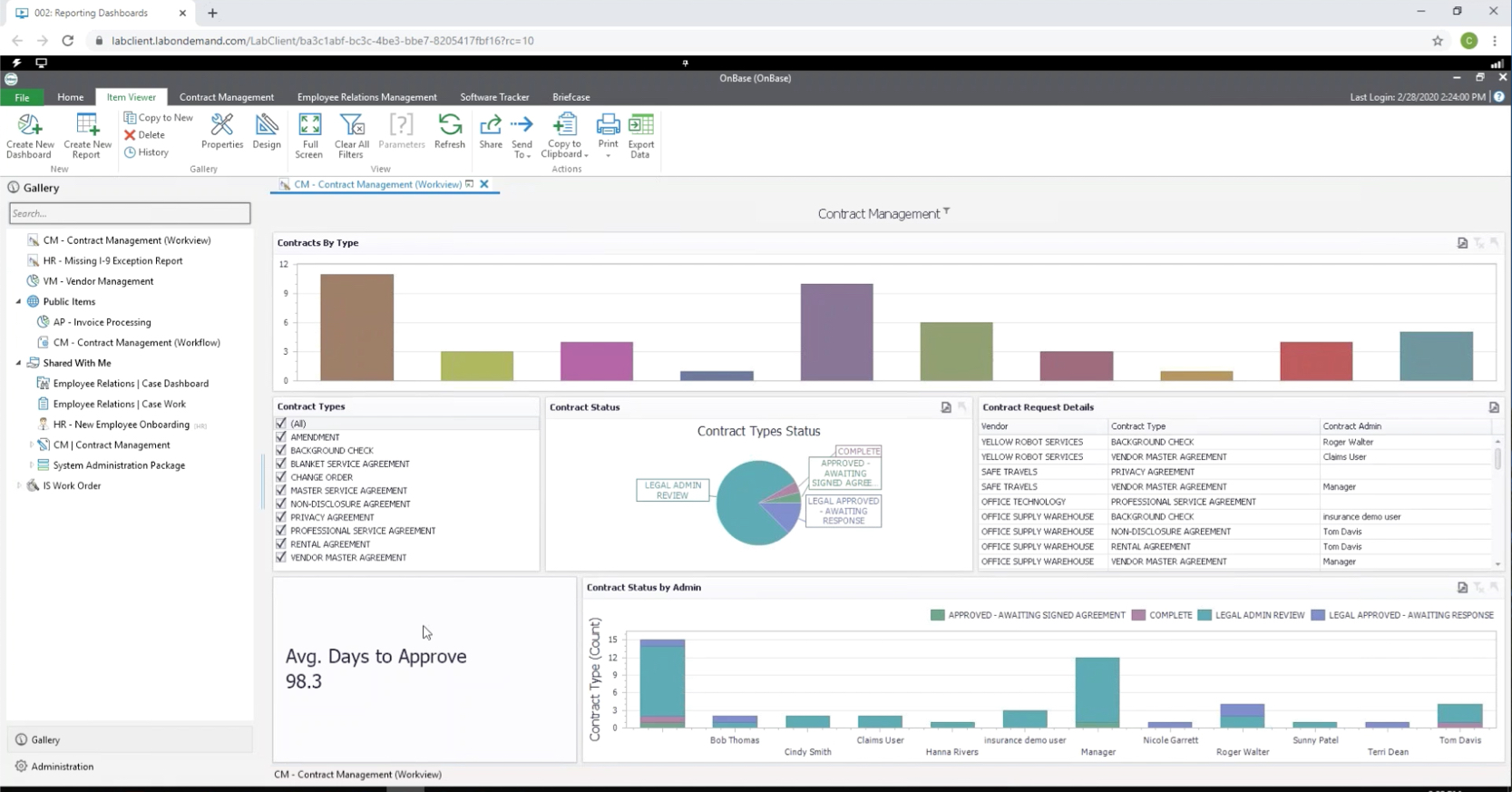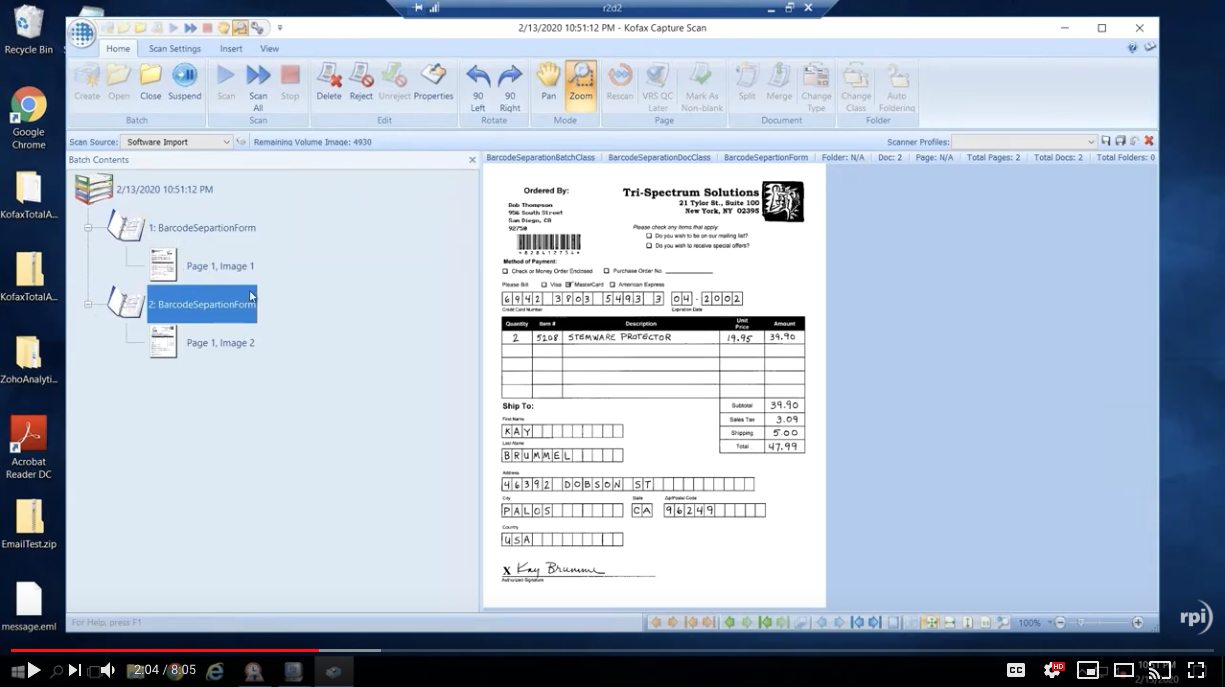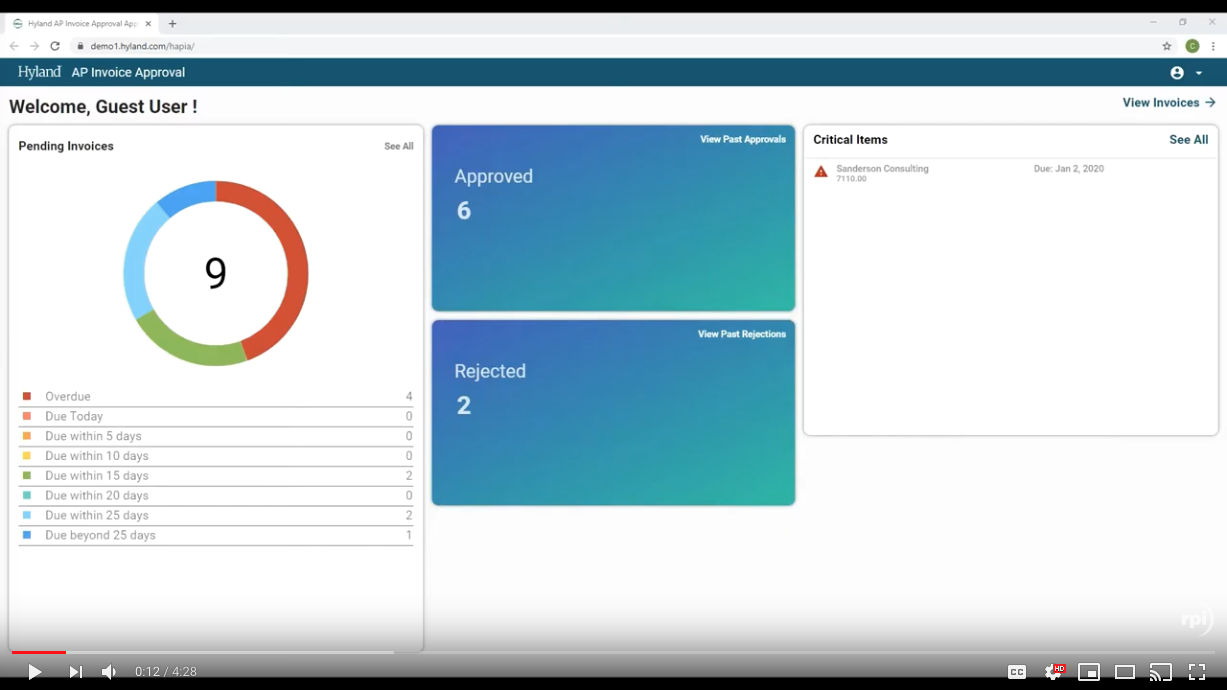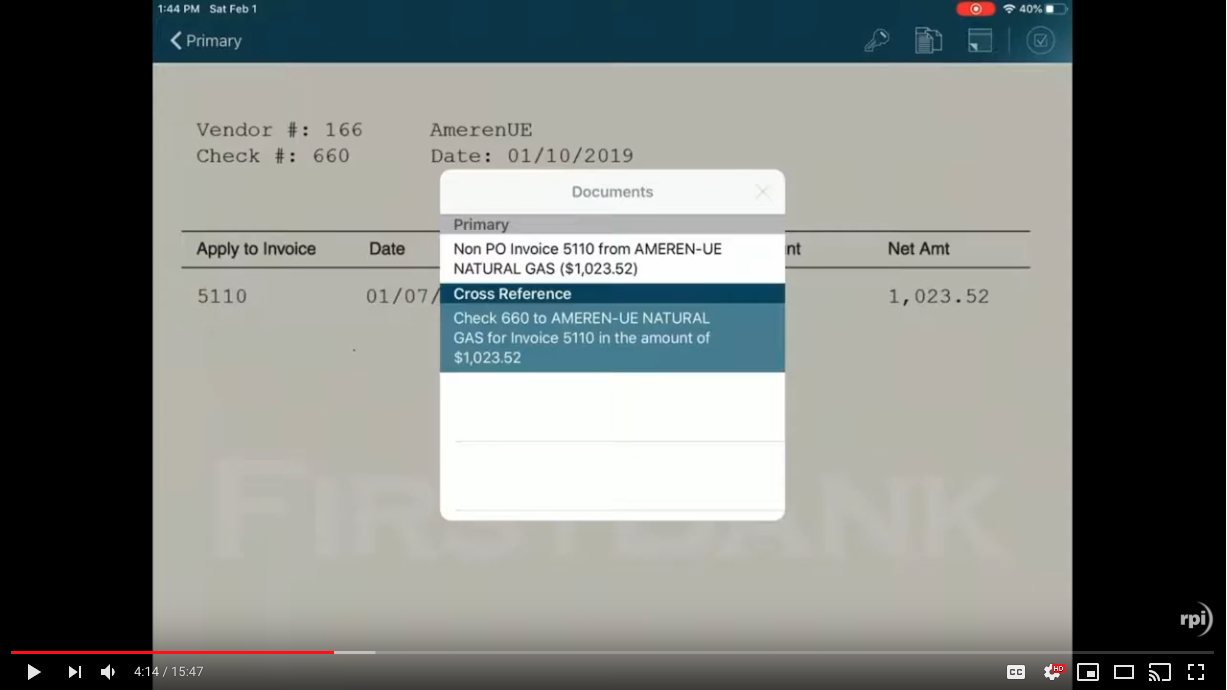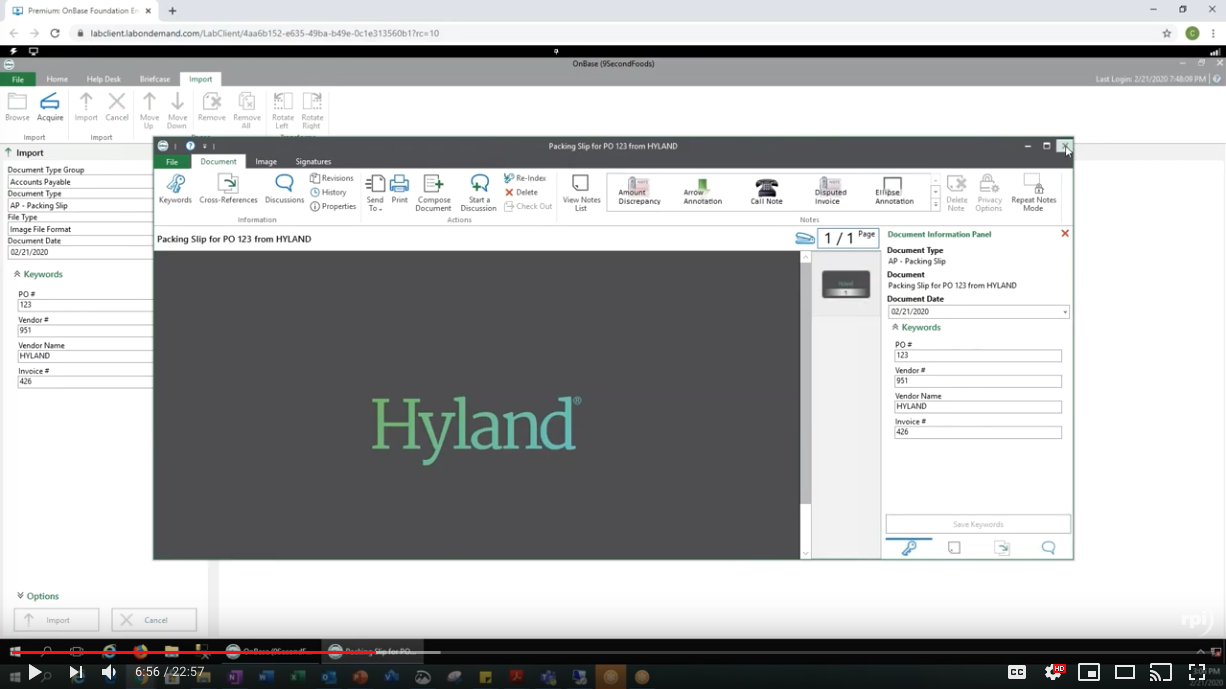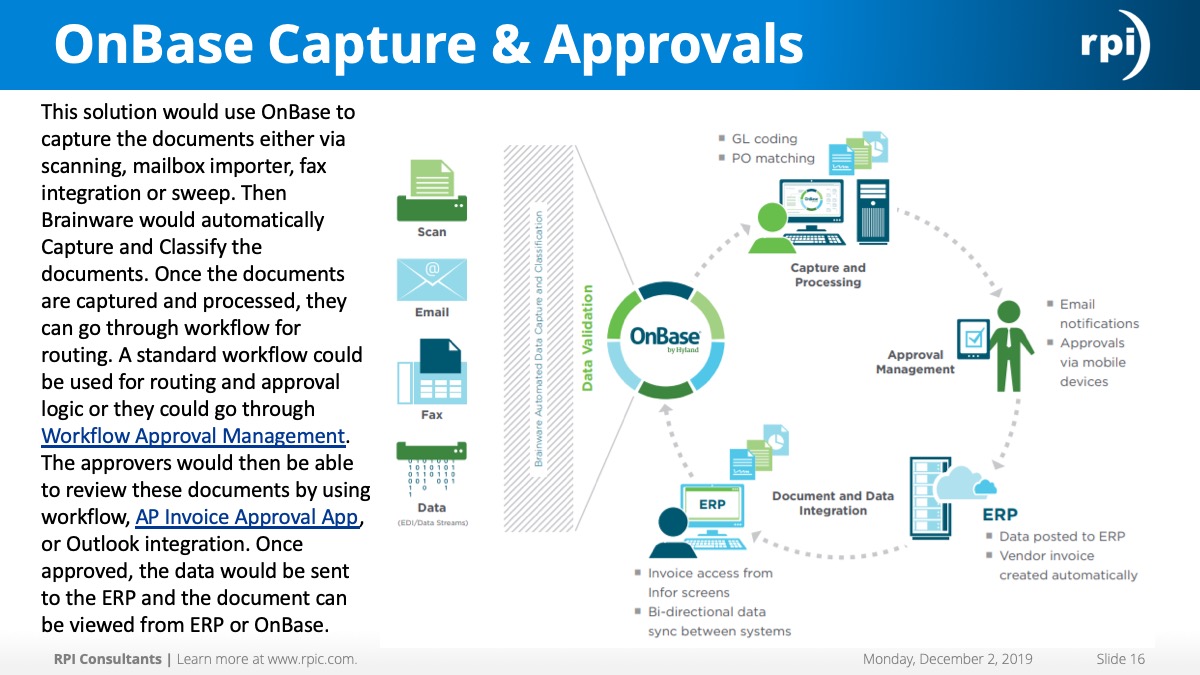Daniel Jenab:
Hello everyone and welcome to another one of RPI’s Webinar Wednesdays. Before we begin, I’d like to apologize for any background noise. It appears somebody took technical architecture a little too literally.
This webinar is titled Project Delivery Methodology, An Overview of the Content and Process Automation Project Management Methodology.
Before we get going, just a few brief housekeeping items. This webinar will be recorded online and will be made available through email, and you will receive that when it’s up and running. We also have moderators standing by so you can use your GoTo panel to submit any questions you may have along the way. You can view all of our previously recorded webinars online and submit a potential topic for upcoming webinars at rpic.com/webinars.
Later today, you’ll have the opportunity to hear about Accounts Payable Reporting at 1:00 PM central time. Looking ahead, next month is a very exciting month for webinars. On Wednesday, May 1st a special guest will be flying into the KC office for a can’t miss presentation on Evaluating APIA or Third-party Workflow for Invoice Processing, followed by a discussion over Visual Basic Scripting for Perceptive Content that afternoon.
Well, for my official introduction, my name is Daniel Jenab, and I’m a Project Coordinator here at the CPA practice of RPI. I received my Master’s Degree in Communications Management from the George Washington University. I specialize in complex integrations and solutions, with a focus on higher education and manufacturing. Finally, I’m the de facto office personal trainer and nutritionist. Remember, a personal health check is just as important as a solution health check.
Julia Robinson:
Wow, thanks Daniel. My name’s Julia Robinson and I’ve been a Project Manager for about eight years. I’m a Senior Project Manager here at RPI. I’ve worked in a lot of different industries, ranging from military, government, intelligence, emergency power and information technology. I’ve completed four Tough Mudder Events, so you’re going to have to choose who should be the de facto office trainer.
Daniel Jenab:
The first thing we’ll cover in this webinar is a brief overview of RPI, who we are and what we do. Next, we’ll take a walk through our project methodology, review the significant pre-kickoff project deliverables, cover some project monitoring tools and strategies, review some 2019 project measurement initiatives spearheaded by Julia here. And finally, we’ll end with a questions and summary section.
Julia Robinson:
A little bit about RPI Consultants. We’re a professional services organization with over 18 years of experience in designing, implementing, supporting of ERP, ECM and advanced data capture solutions.
We have 80 full time consultants, project managers, coordinators, and technical architects. We have offices located in beautiful Kansas City, Missouri, Baltimore, and Tampa. We do technical strategy and architecture, expert installations, upgrades, on demand product support, and manage your solution. Some of our expertise revolves around business process analysis, workflow design, and solution and product enhancements for all the platforms you see listed below.
RPI has a Project Management Office which encompasses the entire RPI Consultants. They drive company-wide initiatives to consistently improve our client and project processes. Our PMO department is staffed by a team of expert project managers and coordinators who house extensive product and solution knowledge. Project Management encompasses everything project. Managing resources, our timelines, change process, and quality assurance.
My role as a Senior Project Manager for the Content & Process Automation Practice is to ensure the overall quality for all projects in our Kansas City practice. Some of our 2019 Initiatives are Proactive Management, which we’ll review in future slides. We have technology specific initiatives that range from small iScript development all the way to ERP implementations and dynamic project scaling.
Daniel Jenab:
Let’s get into the meat of the presentation. Let’s jump in with RPI’s Project Delivery Methodology. We take a phased approach, broken out for each component of the project, to ensure that each project step is completed and verified. This helps build a strong foundation for the rest of the project.
There are four critical Project Delivery Methodology Phases: Discovery and Design, Configure and Develop, Test and Train, Go-Live and Transition. Lastly, as you could see in our graphic, encapsulated within these phases is iterative projects administration and management. While our methodology may be broken out in specific project phases, at the foundation of our approach is a thorough and comprehensive administration and management.
The first project phase is the Discovery and Design phase. Tests that occurred during this phase include setting up project management tools and resources, meeting with functional and technical leads to define requirements, and creating solution design documentation. Some example deliverables that a client may receive are project plan timeline, project dashboard and reports, status reports and scheduling status meetings, a solution design document and requirements, and finally, a technical architecture diagram.
Julia Robinson:
After design is complete, we launch into Developing and Configuring the solution. The scope comes from our statement of work where we break out our tasks. We develop and create updated custom scope for development components from our project platforms chosen. It could be Kofax, Infor, Brainware. We do custom development and system integration for all of your backend systems. Some of our example deliverables out of this are product and technical documentation that is provided to you.
After we’ve unit tested and we have quality assurance from the RPI side, we go into our Testing and Training portion. We do onsite super user and end user training using our test plan and our business cases that we developed during design and implementation. We’ll give you a training document and also track any UAT issues via our issue tracker, which we’ll discuss in a while.
After we’ve agreed and signed our user acceptance testing template, we’re going to create a cutover plan with roles from each team and their responsibilities. We’re going to update training documentation as we need to, depending on if there was any changes made during the design or implementation phase. After go live, we’re going to have two weeks of support as you settle into your new system. We’re going to ensure that your new production environment is copied back to your test, Dev or both.
Daniel Jenab:
Let’s move on to the next phase of the Webinar shall we.
Before a project begins you’re CPA Project Coordinator is responsible for creating any pre-kickoff project deliverables, usually constituting a customized client dashboard. In creating a client dashboard there are four essential components. The Hours Utilization Tracker, the client project plan, the user acceptance testing or UAT issue tracker, and finally, a templatized cutover plan that your consultant will fill out as the go live date approaches. These are created in Smartsheets and exported to Zoho.
This is a screenshot of the Hours Utilization Tracker. As you could tell, it has the hours consumed, the total budgeted hours and the hours remaining for the project. When a consultant locks time into RPI’s internal timekeeping system, this widget is automatically updated. This is especially handy because it gives such a high level of transparency, and to the overall project budget health.
This is the main part of the dashboard, the Project Plan. When a statement of work has been signed, the assigned project coordinator will sit down with the consultant and build out a project plan. However, not all project plans look like what you see on the screen here. This planner reflects a typical progression of a perceptive content upgrade. However, if a client wants a major implementation of Kofax TotalAgility, Brainware by Hyland, or RPI’s proprietary software Yoga, the plan will look different. The plan is broken up by key project phases with each line item having a time estimate, predecessor on the project plan, assignee, status bar, and finally, level of effort.
Moving further down the dashboard we come to the UAT issue tracker. This is the most hands on component for clients as the edit permissions for this tracker are set to anyone with the dashboard link, as opposed to read only. Once we’re at this point in the project, where your RPI consultant has performed basic unit testing, has the test system upgraded, and has handed over the system for end user testing, your project coordinator will reinforce the importance of logging testing issues on this tracker. Whenever a new ticket is logged, it will immediately fire a notification to the RPI project team letting them know that there’s a situation they need to address.
Finally, we come to the last part of the dashboard, the cutover plan. The cutover plan is something that’s provided as a template version at the beginning of the project and will look similar to what you see on the screen here. As the project progresses through user testing and a go live date is solidified and locked down, your consultant will begin building out the cutover plan according to the specifics of the project. For example, adding in steps regarding iScript conversions, filling out the certs involved, et cetera, et cetera. There will be a call before go live where they consult will sit down with the client project team to review times and roles.
Shifting from pre-kickoff into the bulk of the project, your RPI project coordinator is responsible for much more than keeping the dashboard up to date. We have a wide array of tools available to help ensure successful project delivery.
Starting from the initial kickoff call, every attendee of the scheduled project calls will receive weekly status notes. As you can see in this template on the screen here, there’s a huge amount of space for your project coordinator to build out the notes to suit your specific projects. The meeting information section, who the project coordinator is, and the dashboard link.
The project info section has the specifics of the project, target, go live dates, plus the overall project budget. The attendee/contact list is updated weekly to determine who was on the call. There is an issues and risks section that, as either the RPI team or the client team addresses, they will be logged. There are action items for follow-up with due dates. And finally, the actual notes, the meeting minutes of the call, which are a running list of minutes dating back all the way to kick off.
The next item available for your project coordinator is a change request. I want to reiterate that change requests are sent due to any significant change in the projects scope, budget, or timeline. For example, while it’s clear that a change request would be needed if, during the discovery phase, a consult found something completely unexpected that required a lot more work. A change request could also be used for, during the discovery phase, if a consultant runs into a situation where a component that has already been scoped for is not needed, that means that the scope, budget and timeline would all be reduced.
The lifecycle of a change request is that your project coordinator will create it, it goes into internal QA review, the project coordinator will then DocuSign out the signatures to the account executive and the client project lead. And finally, the project coordinator will update the hours in our internal time keeping system.
The last deliverable we’ll talk about in this section are project close documents, which consist of two documents, the project review document and the system’s recommendations document from your lead consultant. A project close call will be scheduled roughly two weeks after the post go live support window ends. The project team, both RPI and the client, will gather one last time, to review the specifics of the project, to ensure the project has been completed to contractual obligations, and, if there are any hours remaining, offering to switch them to a bucket of ad hoc hours at the quoted project hourly rate.
Julia Robinson:
Thank you Daniel.
Daniel Jenab:
You’re welcome Julia.
Julia Robinson:
Some of our Project Management and Measurement Initiatives for 2019 has encompassed blending the agile and waterfall project methodologies. This helps us be more proactive in our project management with budget, timeline, and effort.
There’s some components to a project, some of the known components for instance, are our budget, our budget is reflected by the scope and it comes from our statement of work and is reflected by the effort both the client and RPI anticipated during the sales process. The actual and projected level of effort comes after the statement of work is signed and our internal development team meets and assigns effort at the beginning of the project.
Weekly stand-ups are then conducted to provide updates on work completed, work that we still have in progress, and remaining. Those hours are then translated into the project plan that you saw earlier to anticipate level of effort remaining.
Our timeline can be days, weeks, or years that will take to complete a project. We adjust the timeline as work is completed more efficiently or teams encounter blockers that need to extend our timeline.
Some of the unknown components to a project are during design. We’ve basically vetted the idea of the solution when we start a project, but after onsite design meetings we almost always have additional design aspects that need additional discussion or resourcing. The more time we spend focused in design to ensure a smooth implementation and user acceptance testing, we’ll have better implementation because of our design. I’m just gonna stop there and keep going. We could have several iterations of design documentation and it’s important to have the subject matter experts involved with this phase to mitigate the risk.
During the implementation, sometimes we get in project discoveries. Whenever we get more people in the room to take a look at what we are developing, somebody might say, hey, no, that’s actually not how that workflow works, so we need to be able to make iterative changes quickly to the project to keep it on track.
Additionally, resource constraints sometimes happen on both teams. RPI might have a couple of projects starting at the same time. However, our clients also have resource constraints. Maybe they have several initiatives going on at the same time. Maybe they’re doing a data migration, or some of their people are out on leave. We need to plan for those whenever we’re starting a project, or be able to react to them as they come in.
Additional complexities with work close or users could have an impact on the project and we need to allow for more time. That’s where these weekly meetings are coming into place, so that we can communicate those to the client in a real-time basis.
Also, unknowns are testing. As odd as it sounds, sometimes our testing with our users can go longer. That also comes into complexities, resource constraints, and any discoveries that we’ve made. Sometimes testing takes a little bit longer than originally anticipated.
How do we use all those things that we just talked about? This comes into a Project Burndown where we have our resources assigned weekly, or even daily hours used, depending on the project. We call these burned hours. The remaining budget that’s available to us, and the remaining effort for all tasks in the project. These are updated each week and should align with our pace for the project at the rate of which are burned hours and effort should follow.
As you can see in the one that we have here, there are ebbs and flows to effort and budget. Sometimes during UAT we might have less effort from the RPI side. During development, obviously, we will have more.
The whole point of this is to be able to identify whenever your efforts and your budget might be misaligned and to be able to project what our remaining effort for the project is, so the whole point is to get to zero. Now, this is every client’s dream project. We’ve come in on time and under budget.
What are some of the positive outcomes that come from this? We go into proactive versus reactive project management. We have foresight into potential risks or issues. This could be with budgets or timeline. Sometimes we come in under budget and we’re able to put more things into the scope as decided upon. Sometimes we spend more time in some of the phases that Daniel talked about earlier, that we need to allow for additional budget. Also, timeline changes. If we’re seeing on our Project Burndown that we have 40 more hours in our effort and only one more week to complete it, maybe we need to extend. We’re going to be able to see those quicker because we’re able to review it on a daily or weekly basis.
Also, this is giving this client, intelligent client, updates and communication. We have a very big partnership mentality with RPI. We’re your technology partners and we want to make sure that we’re giving you all of the most up to date information that we can have for the project, and you’re getting that same level of communication. We also have team accountability. RPI has deliverables for projects and so to our clients. Having this identified in a more rapid pace will allow us to get to a project success.
Whether it’s a simple as a short script or as complex as a full end ERP implementation, we have the Project Management Methodology, tools and resources to complete your project successfully.
I will now open it up the questions that our online visitors might have.
Daniel Jenab:
Alright, it looks like we’re good.
Julia Robinson:
Alright, perfect. Thank you everybody.
Thank you for attending Webinar Wednesday. The recording of this webinar will be posted online, along with recordings of all of our past webinars at www.rpic.com/webinars.
For more information on this topic, or to suggest topics for future, contact us at [email protected].
Some more resources to look into are listed up here on the screen. Our Consultants Knowledge Database, Yoga Flexible Software, and our webinar recordings are all located here.
Thanks so much for joining us today and we look forward to meeting with you soon.






